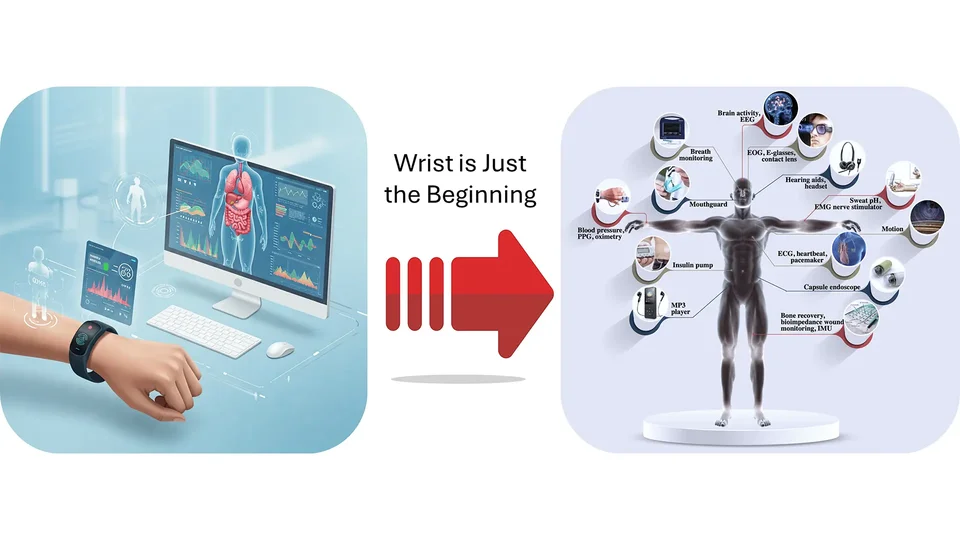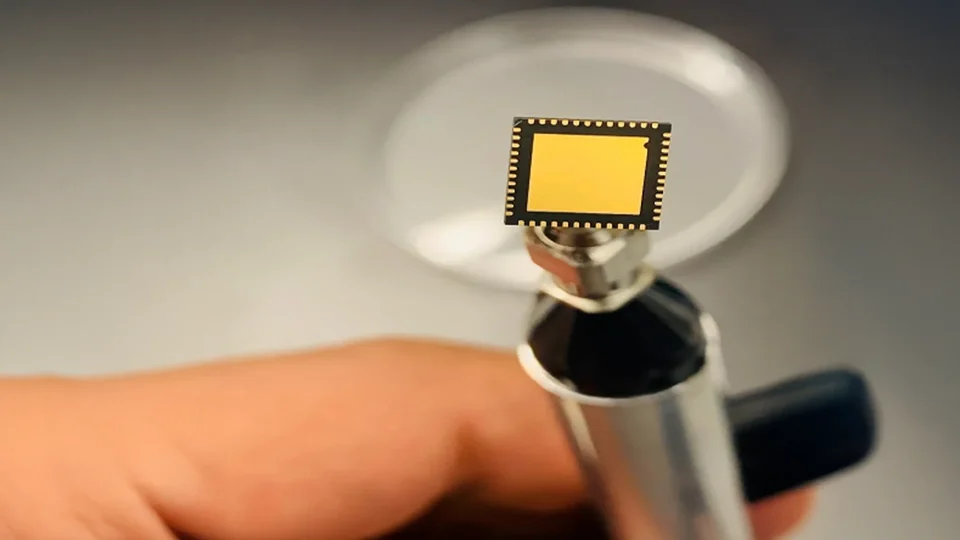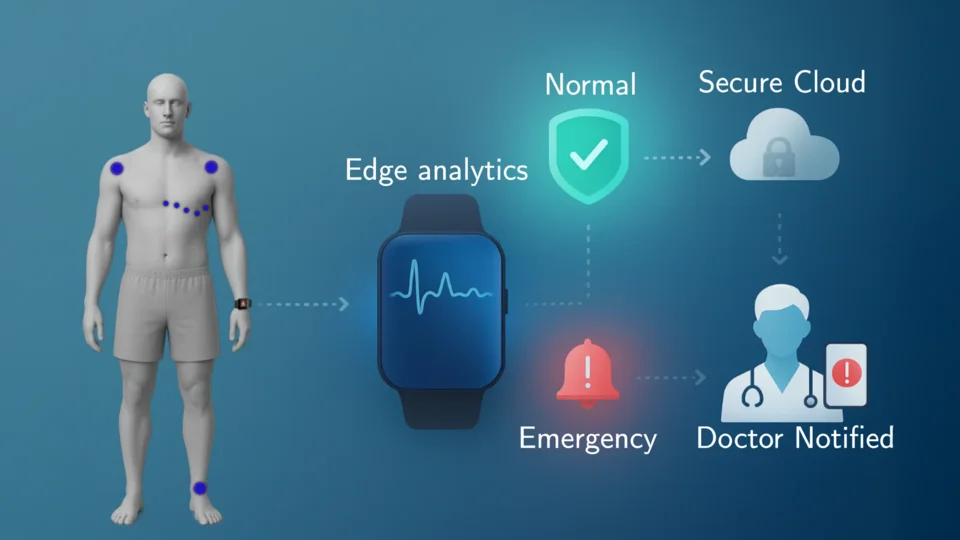
AgriLink: Internet of Plants for Smart Agriculture
Overview
Dense vegetation severely attenuates 2.4–5 GHz RF links (additional foliage loss of order 1–3 dB/m, and often >30 dB across canopies), forcing higher transmit power or more relays in plant/greenhouse settings. In contrast, Plant-Body Communication (PBC) utilizes signals within the stem, where ionic pathways and distributed capacitances form a guided, low-radiation medium, thereby reducing path loss and environmental variability. We target two practical outcomes: 1. quantify and model the intra-plant channel across coupling modes (galvanic vs. capacitive), species (herbaceous Dieffenbachia vs. woody Dracaena), and geometry; 2. fuse communication with diagnosis, reusing the same electrodes to extract impedance features that track water status. Together, these enable low-power “Internet-of-Plants” links with longer battery life and greater privacy/robustness than conventional RF in foliage-heavy environments.
Experiment Description
Instrumentation: ADALM2000 (M2K) for swept-sine excitation and high-Z differential sensing (1 kxHz–1 MHz).
Plants: Dieffenbachia (high-moisture herbaceous) and Dracaena (lower-moisture woody), with stem lengths ≥ 50 cm.
Grounding & Coupling modes:
- Galvanic Coupling (GC): Two electrodes per end (Tx/Rx) inject current so the loop closes entirely through the plant. This yields the most stable link with no low-frequency cutoff, typically the higher path loss, and minimal environment sensitivity.
- Capacitive Coupling(CG): One electrode per end; the return forms via plant-to-environment capacitances (displacement current). Exhibits a low-frequency cutoff and stronger dependence on soil moisture/nearby metal.
- Common Ground: Tx-GND and Rx-GND are intentionally bonded (e.g., single M2K or a reference bus), reducing return-path uncertainty and improving SNR. Use this when a shared reference exists in deployment (greenhouse rails, wired trunks), but note that it can overestimate performance for capacitive links.
- Isolated Ground: Tx and Rx are fully floating (battery powered) with no ground bond, best mirroring two independent field nodes. Expect higher measured loss—especially in capacitive mode—and stronger environmental sensitivity.
Electrode Systems:
- Needles (invasive): Single copper wire around 22 AWG; Invasive depth around 5mm – protect plant
- Surface (non-invasive): Stranded wire or copper tape (with hydrogel interface)
- Sweep: log sweep 1 kHz–1 MHz, 25–30 pts/decade, Vin ≤ 3 Vpp (avoid water electrolysis)
- Distance:10/20/30/40/50 cm along stem; n ≥ 2 plants/species
- Stabilization: ≥ 6 h after any needle insertion before measuring
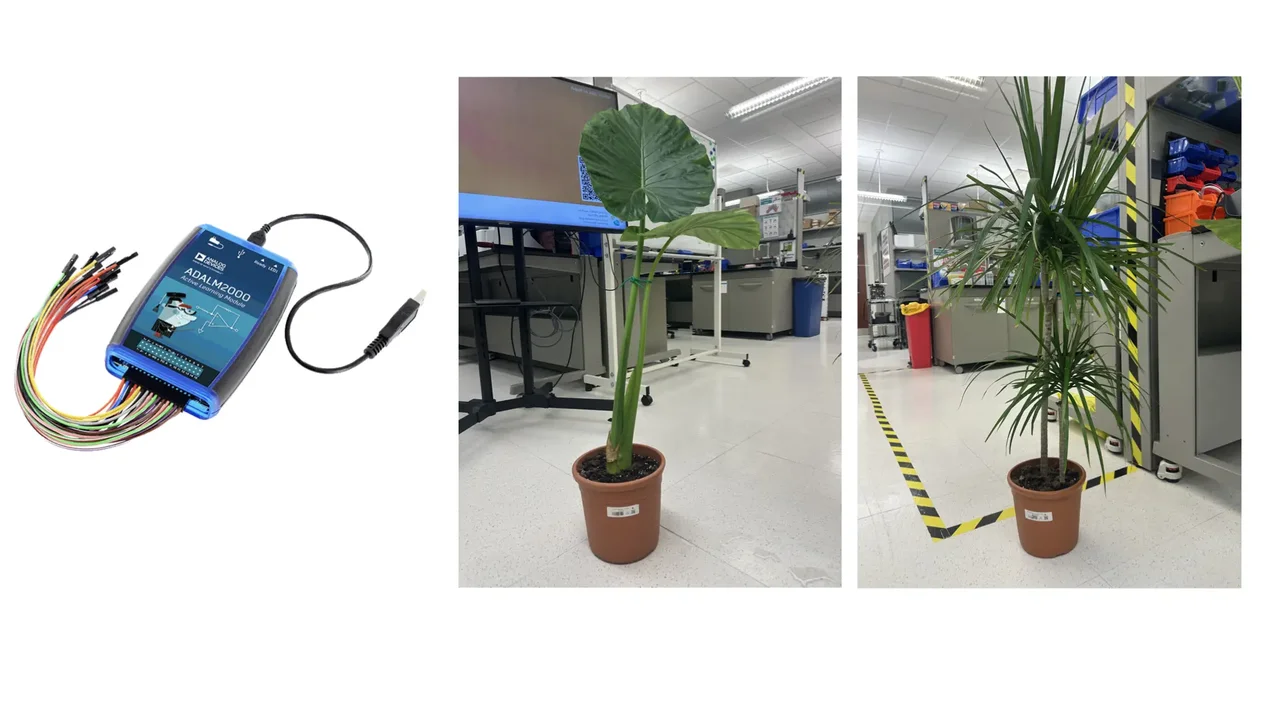
Scenarios
Smart-home potted plants (indoor)
Dense foliage and furniture cause 2.4 GHz dead zones, but a short (10–50 cm) guided intra-stem link requires only µW-level transmit power and radiates negligibly, preserving privacy. We recommend GC–ISO for stability, or CC–ISO where wiring is fixed or the environment is relatively stable.
Greenhouses (dense canopy, scheduled irrigation)
Greenhouses have dense foliage, irrigation cycles, and long rows with shared metallic rails—conditions that make Wi-Fi/BLE unreliable and energy-hungry. PBC confines the signal to the plant and is insensitive to canopy changes, enabling predictable latency for closed-loop fertigation.
The optimal communication frequency of all scenarios can be determined by running a customized M2K Code.
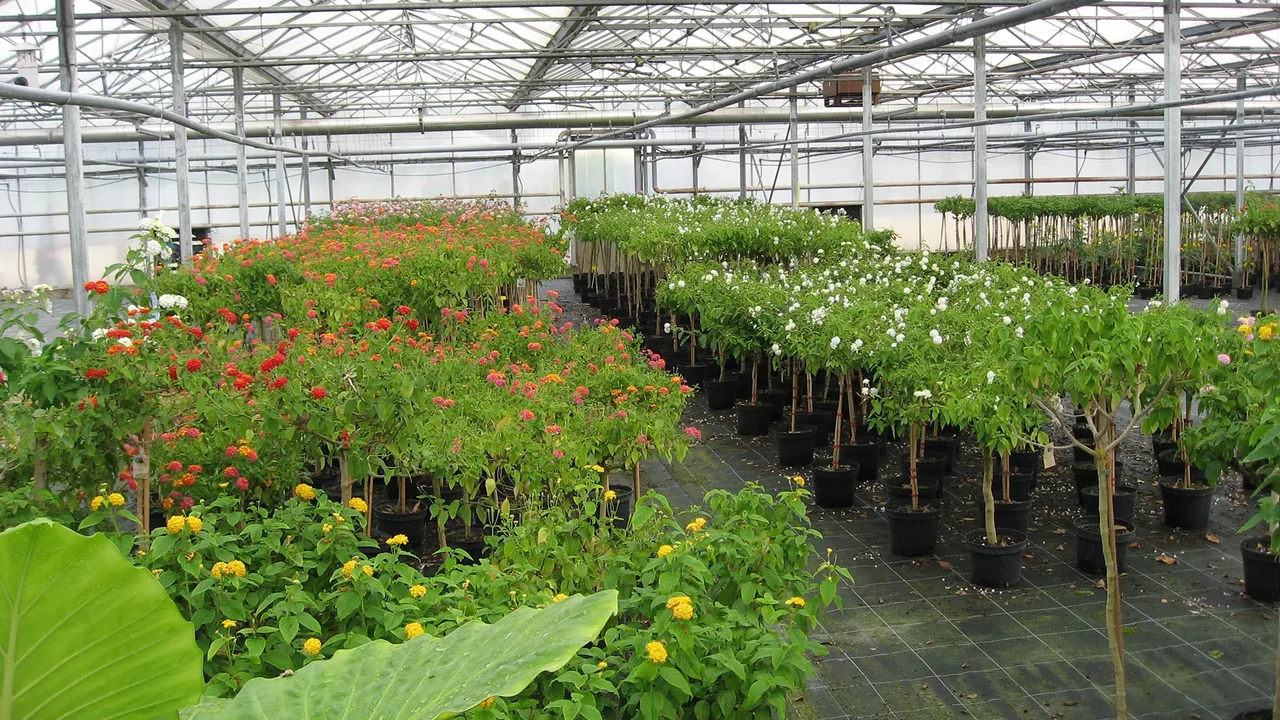
Objectives & Contributions
Objectives:
- Provide the first cross-species (herbaceous vs. woody) PBC Bode atlas across 1 kHz–10 MHz and 10–50 cm spans.
- Deliver validated equivalent-circuit models with per-cm parameters for design use.
- Demonstrate communication-as-sensing, estimating water-status proxies from in-band probes.
Contributions:
- Evidence-based coupling/electrode recommendations by scenario (loss, stability, environment-sensitivity).
- Energy justification vs. RF in foliage using recognized propagation guidance (e.g., ITU-R P.833) and our channel models.
Copyright
The data and results presented in this work are protected by copyright and may only be used with proper citation. The citation information will be available after publication.



